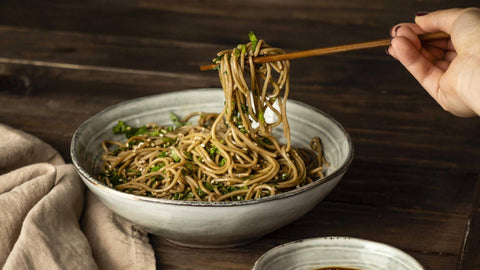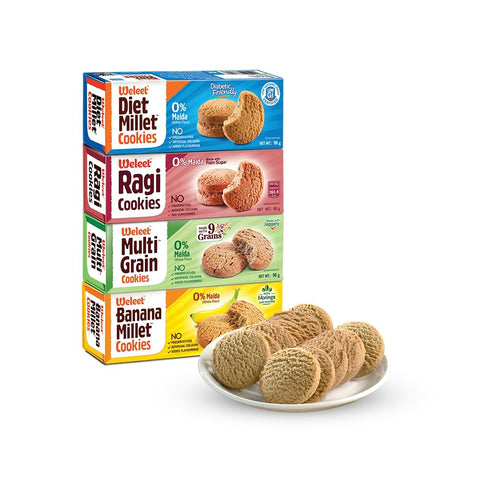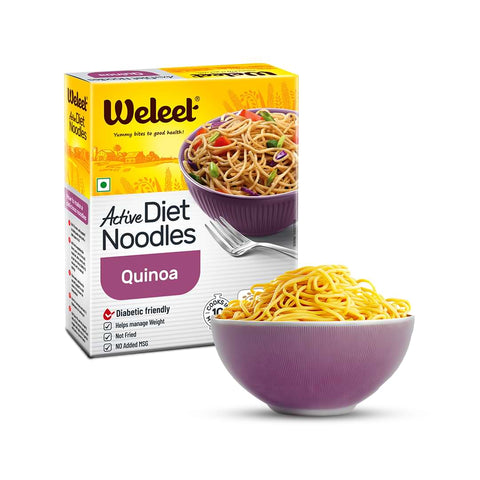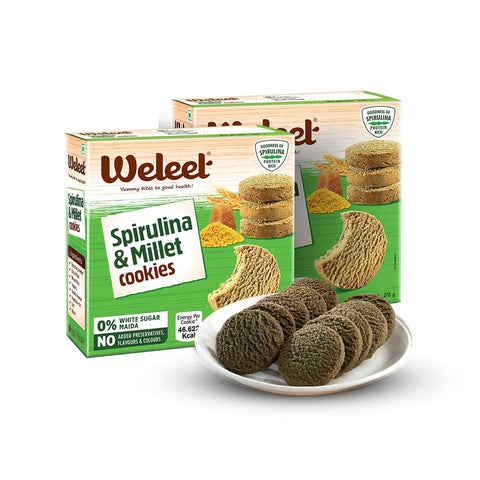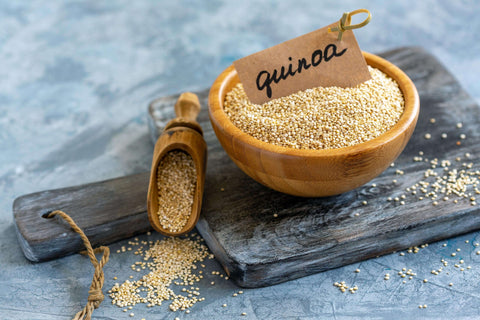Noodles, those delightful strands of culinary joy cherished across the globe, have carved a permanent spot in the hearts and taste buds of diverse cultures. Whether it’s the delicate twirls of Italian pasta or the bold flavors of Asian noodles, this versatile dish stands as a universal symbol of comfort and satisfaction. Yet, in the ongoing discourse surrounding the clash between healthy and not-so-healthy foods, noodles often find themselves under scrutiny. Let’s find out our millet noodles are healthy food or junk food.
Can we relish this global favourite without compromising our health? Let’s embark on a journey to explore the health benefits of millet, the significance of high-fiber foods, and the allure of a gluten-free diet. Along the way, we’ll share practical, nutrient-rich noodle recipes meticulously designed for weight loss.
The term “junk food” inevitably conjures images of edibles brimming with excess calories, sugars, and unhealthy fats, often lacking essential nutrients. The trajectory of noodles from a nourishing meal to a potential source of indulgence hinges on various factors, including processing methods and ingredient choices. Instant noodles, a convenient yet oft-criticized option, have gained notoriety for their high sodium content and inclusion of artificial additives. Understanding the pitfalls leading to the transformation of noodles into junk food is paramount for making informed dietary decisions.
Health Implications of Junk Noodles
Frequent indulgence in a diet dominated by junk noodles can have far-reaching implications on health. The surplus intake of unhealthy fats and sugars may contribute to weight gain, while the elevated sodium levels in many instant noodles can lead to hypertension and other cardiovascular issues. Furthermore, the absence of essential nutrients in processed noodles may result in nutritional deficiencies, adversely affecting overall well-being. Recognizing and addressing the potential health risks associated with regularly consuming processed and nutrient-poor noodles is crucial for fostering a balanced and health-conscious approach to one’s diet.
How can we make it healthy?
Switch to Millet
In our quest to find the delicate balance between indulgence and nourishment, millets emerge as unsung heroes. These ancient grains boast a myriad of health benefits, offering different vitamins, minerals, and antioxidants. By incorporating millet into noodle recipes, not only does one enhance the dish’s nutritional profile, but also introduces a delightful nutty flavour and a satisfying texture.
Benefits of millet noodles
Gluten-Free Goodness with Millets
For those seeking alternatives to traditional wheat-based noodles, millets provide an excellent gluten-free option. Embracing a gluten-free diet can be particularly advantageous for individuals with gluten sensitivities or celiac disease. Millet noodles offer a delicious alternative without the digestive discomfort often associated with gluten-containing options, providing a wholesome and enjoyable noodle experience.
High Fiber Foods
The pursuit of creating healthy noodles is inextricably related to the use of high-fibre content. Millets, with their abundant dietary fibre content, contribute to a sense of fullness and support digestion. This satiating quality makes millet noodles an invaluable addition to recipes designed for weight loss. High-fiber foods play a pivotal role in regulating blood sugar levels, promoting a healthy gut microbiome, and supporting overall digestive health.
Practical Healthy millet Noodle Recipes
Now, let’s delve into the practical realm of crafting healthy noodle recipes specifically tailored for weight loss. One delectable option is the Millet Vegetable Stir-Fry Noodles. Begin by substituting traditional refined flour noodles with millet noodles, offering a gluten-free and nutrient-packed base. Load your stir-fry with vibrant vegetables such as bell peppers, broccoli, and carrots, providing essential vitamins and antioxidants.
To augment the dish’s protein content, consider incorporating lean sources such as grilled chicken or tofu. Protein not only supports muscle health but also contributes to a prolonged feeling of fullness, reducing the likelihood of overeating. Season your stir-fry with an assortment of herbs and spices to enhance flavour without relying on excessive salt or artificial seasonings.
For those seeking a lighter alternative, the Zucchini and Millet Noodle Salad is an excellent choice. Utilize spiralized zucchini as a low-carb substitute for traditional noodles, while cooked millet adds a wholesome touch. Toss in cherry tomatoes, cucumber, and a sprinkle of feta cheese for a burst of flavour. Drizzle with a vinaigrette crafted from olive oil, lemon juice, and herbs for a refreshing and satisfying meal.
When handled with mindfulness and intention, the difference between junk food and healthy food disappears in the enormous array of cooking options. Noodles, in their myriad forms, can be transformed into a source of wholesome and nourishing delight. By comprehending the journey from indulgence to nutrient-rich satisfaction, we unlock the potential to relish noodles without compromising our health.
The incorporation of millet, with its array of health benefits, opens new avenues for crafting delectable and nutritious noodle dishes. Embracing a gluten-free diet, incorporating high-fibre foods, and exploring healthy recipes for weight loss allows us to savour the goodness of noodles without guilt or detrimental health effects.
Ultimately, the demarcation between healthy and junk food is not inherent in the dish itself but in the choices we make. Let our culinary choices be a celebration of nourishment, balance, and vibrant flavours that transform every meal into a journey worth savouring. As we reimagine noodles as a vehicle for wellness, we embrace the opportunity to cultivate a harmonious relationship between indulgence and health in our culinary pursuits.
The world of noodles, when approached with intention and a focus on well-being, becomes a canvas for creating meals that are both delicious and nutritious. By understanding the nuances of ingredients and making thoughtful choices, we can turn the act of eating noodles into a celebration of health and flavour, proving that a bowl of noodles can be more than just a meal—it can be a nourishing experience.


